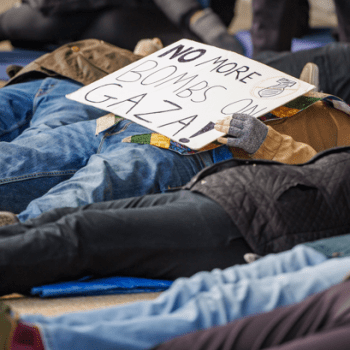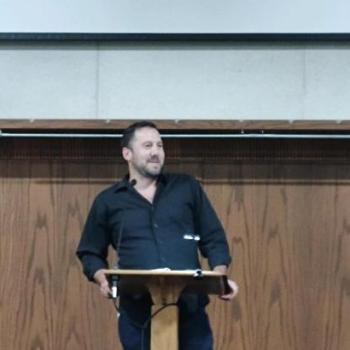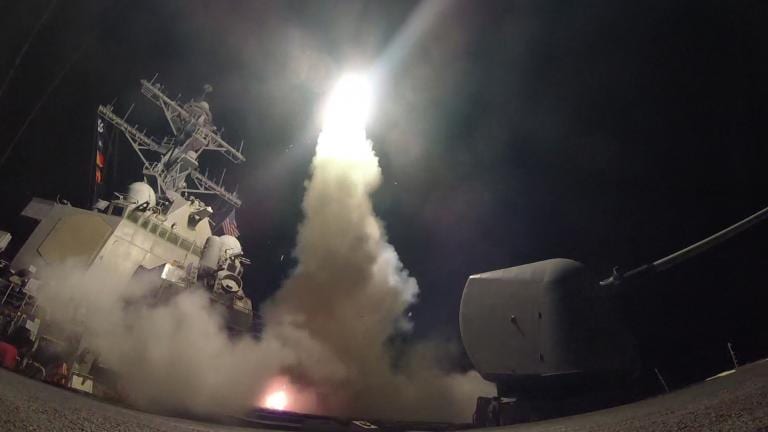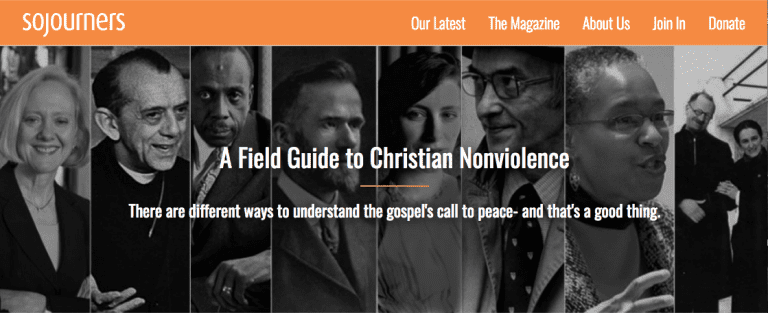On April 13, 1960, Christian Century magazine published Martin Luther King Jr.’s essay “Pilgrimage to Nonviolence” as part of their series “How My Mind Has Changed,” in which theologians and other public intellectuals reflect on their prior decade of intellectual development.
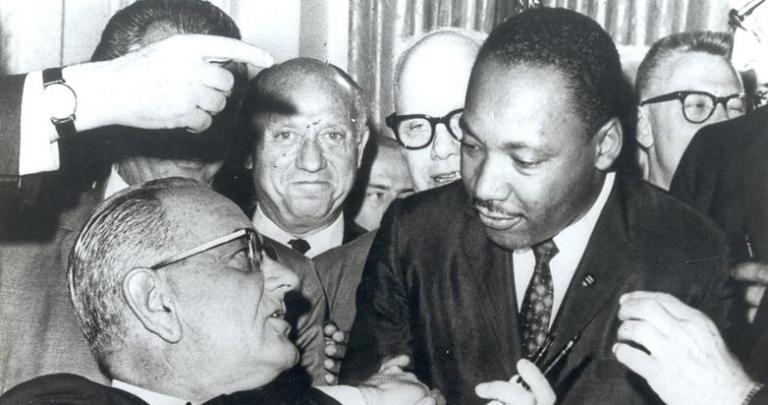
In the essay, King describes how his view of nonviolence developed from understanding Jesus’s commands to “turn the other cheek” and “love your enemies” as applicable only to interpersonal situations to seeing its applicability to group conflicts and even international relations.
King’s development came from his encounter with Gandhi, his reading of theologians like Walter Rauschenbusch and Reinhold Niebuhr, and, especially, his experience leading the bus boycott in Montgomery, Alabama, in 1954. King writes,
At the beginning of the protest the people called on me to serve as their spokesman. In accepting this responsibility my mind, consciously or unconsciously, was driven back to the Sermon on the Mount and the Gandhian method of nonviolent resistance. This principle became the guiding light of our movement. Christ furnished the spirit and motivation while Gandhi furnished the method.
My own pilgrimage to nonviolence has been influenced heavily by King, especially as it has developed over the last decade (or so). I initially came to Christian nonviolence largely through interaction with Anabaptist sources, most of whom emphasized nonviolence in interpersonal situations or as a distinctive characteristic of the church, which can witness to the world but doesn’t necessarily expect to change it.
Like King, I encountered both Rauschenbusch and Niebuhr in grad school, which gave me a greater sense of the church’s social responsibility while also chastening my view of the church’s nonviolence. I came to see that, due to the many forms violence takes in the world, simply refusing to participate in war doesn’t make one nonviolent. Any nonviolence worth its name requires active resistance to the many forms in which violence appears. This is the kind of nonviolence that we find in King’s life and writings.
As King writes, “The Christian doctrine of love operating through the Gandhian method of nonviolence [is] one of the most potent weapons available to oppressed people in their struggle for freedom.” For King, then, nonviolence is not an end in itself but is a means toward the end of justice, liberation, and peace.
Read King’s entire essay at the Christian Century. For more reflections on King’s political nonviolence and how it differs from other forms of Christian nonviolence, see my forthcoming book with Myles Werntz, A Field Guide to Christian Nonviolence: Key Thinkers, Activists, and Movements for the Gospel of Peace (Baker Academic, February 2022).


